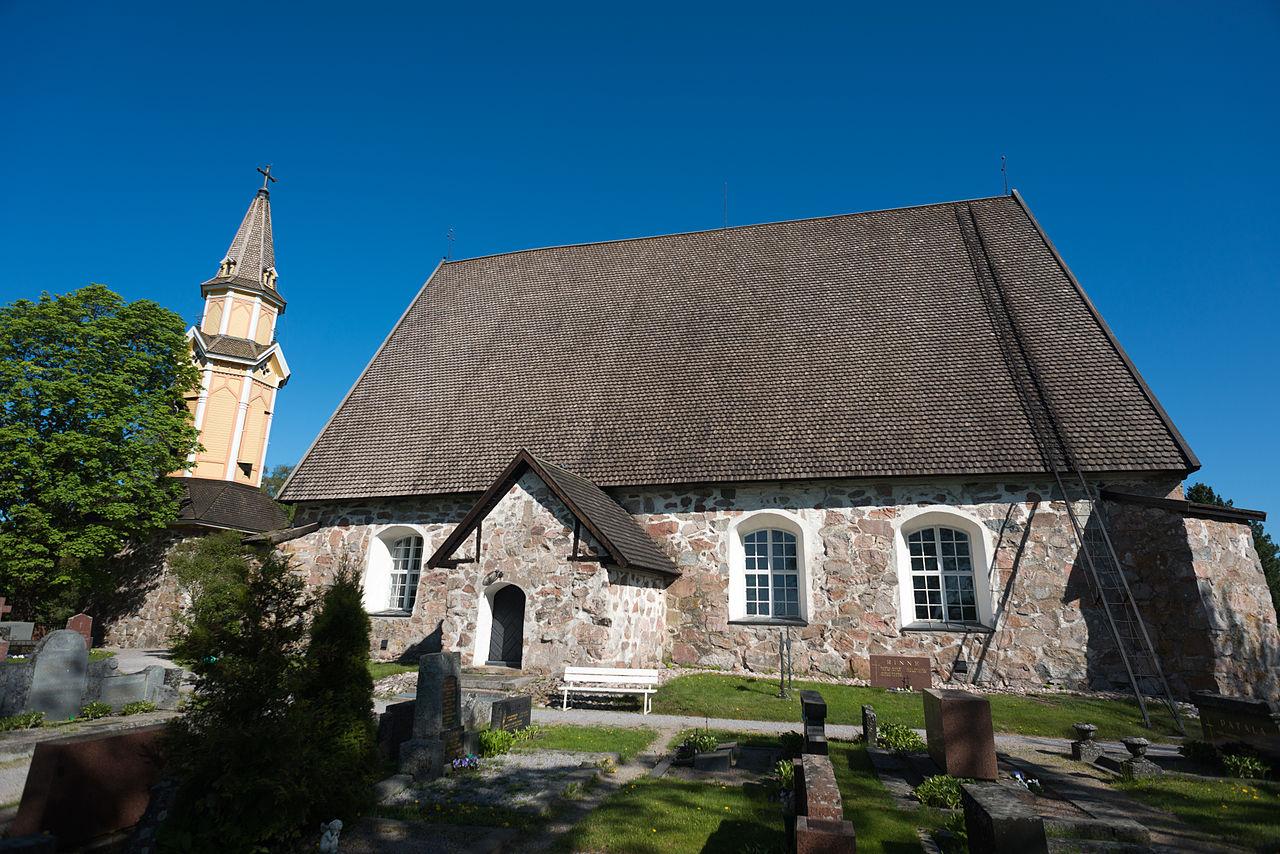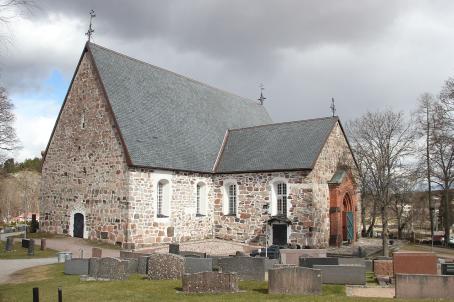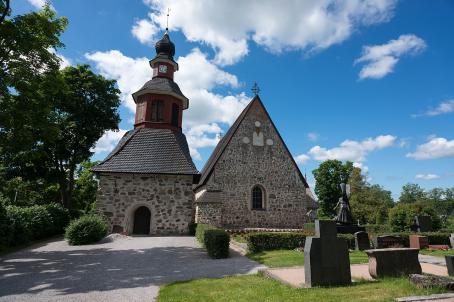Perttel Church

The church of Perttel is a medieval stone probably built between 1500 and 1520. A separate bell tower was built between 1729 and 1730, with a lower stone part and an upper wooden part. More than a hundred years later, in 1840, the lower and upper parts were raised. As the upper part was destroyed by fire in 1888, it was rebuilt in neo-gothic form in 1889 by the architect Helge Rancken. The church porch was built in 1750. The present sacristy dates from 1828. The windows of the church were enlarged in 1881.





